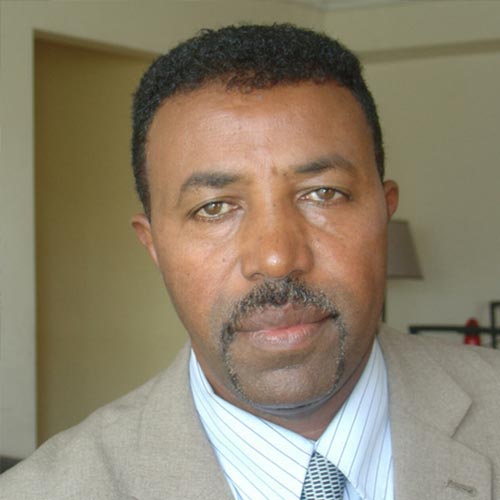Chaos and Confusion in America as Schools Reopen
As lawmakers around the country grapple with the difficult decision of whether and how to reopen schools, the issue has become a flashpoint of controversy between politicians, parents, and teachers.
A patchwork of different policies have been adopted across and within states, laying the foundation for an unprecedented, high-stakes epidemiological and educational experiment.
Districts in Alabama, Georgia, Indiana, Mississippi, Tennessee, and Oklahoma have welcomed students back over the past three weeks, sparking fears and prompting closings after limited outbreaks. CNN reported the spread of at least 230 cases linked to these reopenings.
In-person plans now seem increasingly risky. The CDC has reported that cases are “steadily increasing” among children and Johns Hopkins finds that 35 states are currently above the level of cases the WHO recommends to safely reopen.
Most states have authorized select districts with low disease rates to pursue a “hybrid” model in which students attend classes in-person several days a week in staggered groups under a safety protocol. However, Florida, Texas, Missouri, and Iowa have presented plans which mandate (with some exceptions) a significant amount of in-person learning. Notably, due to low infection rates, New York City is slated to reopen, while Los Angeles, Chicago, and Miami will begin the year online.
The proportion of positive tests necessary for schools to close again also varies. In New York City, the number is three percent, while across California that number is five percent, and in the rest of New York state it’s nine percent. Florida Governor Ron DeSantis has threatened funding cuts to pressure districts with as high as 21.4 percent of positive tests to reopen.
Should kids go back to school in person?
In areas with low case rates, experts are cautiously optimistic about the prospect of safely reopening schools.
The prestigious National Academies of Sciences, Engineering, and Medicine issued a report in July arguing that the pedagogical benefits of reopening elementary and special needs schools outweigh the risks. These students would otherwise need childcare and struggle most in virtual learning environments. Research has also shown that the achievement gap has and will continue to widen if schools remain closed.
Young children rarely experience severe symptoms, but may help spread the virus. While studies suggest that teenagers likely transmit coronavirus at the same rate as adults, children under the age of 10 are believed to infect others less frequently.
However, there are caveats. Only a select few parts of the country have case levels low enough that reopening is considered safe, and while reopenings abroad have generally been successful, they were in areas with fewer cases and often followed a rigorous sanitation regime.
The question is how?
A gradual approach and common sense precautions are critical to reopening schools safely, and likely contributed to the success of Denmark and Norway’s strict reopenings.
The National Academies’ report emphasized the effectiveness of simple measures including hand washing, limiting gatherings, surgical masks, socially distant classrooms, and proper ventilation. Some have also suggested outdoor classrooms as a possible solution.
Community transmission rates remain critical: If they do not stay low, schools inevitably risk becoming hotbeds for transmission.
Amidst the polarized, fractious debate over this divisive issue, it is important to remember that there is a sensible approach of cautious reopening.
____
Belarusians Risk Everything in Their Fight for Democracy
Hundreds of thousands in Belarus continue to protest the reelection of Alexander Lukashenko, the autocrat who allegedly won the country’s recent presidential election with over 80 percent of the vote. In the weeks before the election, the strongman who has ruled Belarus for 26 years had jailed opposition leaders, banned popular figures from the ballot, and detained journalists covering his despotic behavior. Svetlana Tikhanovskaya, Lukashenko’s main opponent and popular favorite, sits in exile in Lithuania, having fled Belarus.
Protesters have been met with tear gas, rubber bullets, and stun grenades. As of August 13th, nearly 7,000 protesters have been detained, and hundreds have been injured, with the state allegedly torturing those in custody. Despite this repression, on Sunday, as many as 200,000 opposition protesters gathered in Minsk. The crowd dwarfed the size of Lukashenko’s support rally just a few kilometers away, galvanizing the world behind the people of Belarus.
Anti-government protesters have come from all walks of life and parts of society: farmers, metro employees, business owners, and teachers, to name a few. The newest group to join the opposition movement includes factory workers; once a source of support for Lukashenko, they have since gone on strike to resist his rule.
On Monday, in hopes of staving off severe unrest, Lukashenko made a dubious promise to hold new elections and hand over power after a constitutional referendum. However, most Belarusians aren’t buying this promise; earlier that very same day, Lukashenko had also proclaimed: “until you’ve killed me there won’t be any new elections.” The people of Belarus still have a long way to go in their fight for democratic reform.
Why is the situation in Belarus important to the United States?
What’s unfolding on the streets of Minsk demonstrates to Americans the power of massive, peaceful protests to confront authoritarianism. To be sure, the fate of Lukashenko is still unclear; he has solicited the help of Vladimir Putin who has agreed to give “comprehensive assistance to maintain security in Belarus.” And there are reports that these assurances might come to fruition. But barring this foreign military assistance, the Belarusian dictator’s rule could come to end. The power of the people isn’t simply at the polls on Election Day. It’s in the streets through massive peaceful displays of unity, demonstrations of the unadulterated popular will of the people. Over the last year, the world has seen peaceful protest movements bring down authoritarians in Algeria and Sudan. Americans should be inspired by the people of Belarus.
These protests are particularly meaningful because Belarusians are braving state violence, even torture, to make their voices heard. Americans should take notice of the sacrifices unfree people throughout the world will make for a fraction of the freedom we have here. Political apathy is a privilege; one that perhaps we can no longer afford to abuse.
Last, on the international stage, what happens in Belarus is important to the liberal world order. In the 90’s and early 2000’s, democracy was rising around the world. Over the last 8 years, we’ve seen some backsliding, but if Belarus were freed from the yoke of dictatorship, that would serve as a step back in the right direction.
___
Democracy At Work
New Republican-backed Stimulus Bill Could Send $4B to Fight Coronavirus Abroad
As the United States grapples with coronavirus, Senate Republicans have proposed the HEALS Act, a $1 trillion economic stimulus bill that, in addition to funding unemployment benefits and a new stimulus check, includes $4 billion for global vaccination efforts. The proposed bill would allocate $1 billion for the International Disaster Assistance account — which provides flexible funding for international health, humanitarian aid, and relief — and $3 billion for global health programs, including vital funding for the Swiss-based vaccine alliance Gavi. The U.S. Agency for International Development pledged back in February to support Gavi with $1.16 billion from 2020 to 2023.
Gavi is committed to quickly and equitably distributing vaccines worldwide, especially to children in low-income countries. The United Nations has warned that poor countries suffering from COVID-19, such as Syria, Yemen, Afghanistan, Somalia, South Sudan, and Sudan, lack the U.S.’s widespread testing capabilities and have fragile economies on the verge of famine and extreme poverty.
If passed, the HEALS Act stimulus bill would represent an important step in the global fight against coronavirus. Bill Gates, whose foundation helped create Gavi in 1999 and who recently pledged $150 million to the organization, called the HEALS Act’s global COVID-19 proposal “the most impactful money ever.” Indeed, $4 billion is a good start — though experts estimate that vaccinating the 2 billion poorest people in the world will cost anywhere from $12 billion to $16 billion.
What does this say about America?
The U.S. has been hammered by coronavirus, with a crippled economy and over 170,000 deaths to date. However, amidst the mounting death toll and continued incompetence in battling the pandemic at home, the $4 billion aid package represents a glimmer of hope and rationality. It demonstrates the kind of international leadership that America is still capable of assuming.
America is a country at odds with itself, mired in democratic backsliding, willful isolationism, and political polarization. However, by marshaling its resources and scientific prowess to do good, the U.S. could still effectively combat COVID-19 and potentially help eliminate it on a worldwide scale, just as it led the fight against Ebola in 2014 and smallpox in the ’70s. The U.S. could also, for example, join Gavi’s COVAX Facility, dedicated to partnering wealthy and poor countries to distribute coronavirus vaccines to those less fortunate. The benefits of fighting COVID-19 globally aren’t simply humanitarian or ideological. We’re all in this together, experts insist. “If there is a raging pandemic going on in other countries,” Dr. Seth Berkley, head of Gavi, said, “you can’t go back to normal commerce, trade, tourism, travel, all of the things that make the global economy.”
Debates persist in the House about the HEALS Act and its Democratic counterpart, the HEROES Act. Unable to reach a consensus, Congress adjourned on a month-long recess, leaving these pivotal relief bills in limbo.



